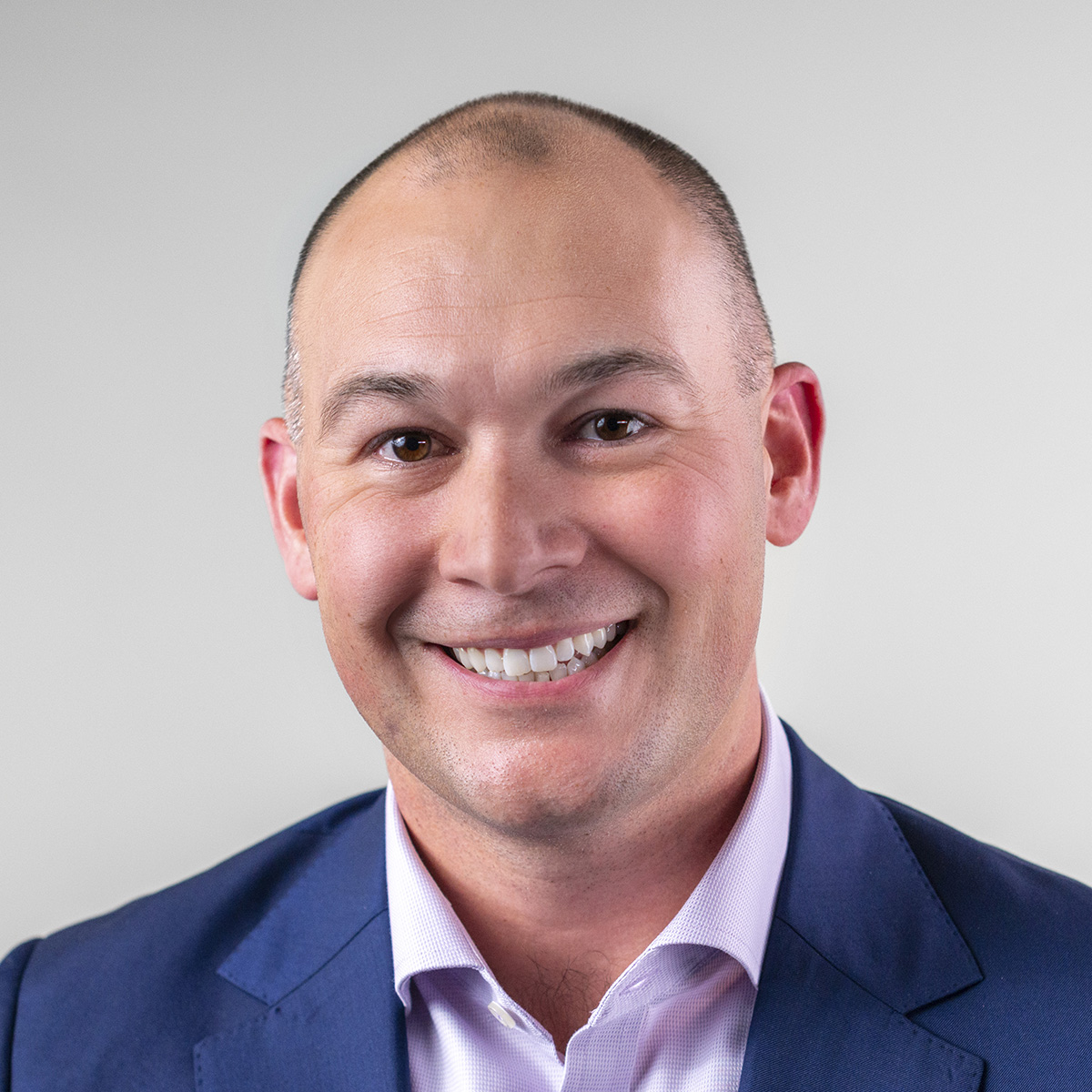Elevating Work Comp Care Through Physical Medicine Innovation
When it comes to physical therapy (PT), ensuring injured employees receive timely, effective care can be critical to recovery. We recently sat down with three of our Enlyte industry experts—Ted Smith, Dora Morris, and Kim Radcliffe—to discuss how a comprehensive physical medicine program can help deliver optimal results.
Question: What trends are you taking note of in the physical medicine space?
Dora Morris: The increasing importance of prompt access to care; injured employees need timely appointments with physical therapists to accelerate recovery. Yet, some providers within the industry are taking too long to schedule patients, which can delay progress. Timely scheduling is the key to achieving better outcomes for patients and returning them to work faster.
Ted Smith: Demand for timely therapist documentation. Case managers often share that delays in receiving therapy progress notes are a significant issue, and often these notes may not be received until billing. Documentation is vital for tracking recovery and driving decision-making, so getting reports within 24 hours post-evaluation should be a gold-standard. To improve access, the industry has been moving toward electronic records. In addition, our program is actively working to streamline our processes through increased electronic connectivity directly with our providers.
Kim Radcliffe: The rise of wearable technology in physical therapy. Remote therapy monitoring (RTM), recently approved as a Current Procedural Terminology (CPT) code by Medicare, allows data gathering on patient compliance and outcomes through wearable devices. It introduces a new layer for progress tracking as well to identify improved adherence to home exercise programs. The technology is promising, but clients are cautious about its cost-effectiveness and return on investment (ROI).
Question: What should payers look for in a physical medicine provider?
Ted Smith: Workers’ comp payers need to access providers who are best suited to handle specific injuries. General outpatient PT may suffice for standard cases, but more specialized cases, such as hand injuries or complex back injuries require therapists with tailored expertise.
Kim Radcliffe: Many PT providers handle less than 10% of workers’ comp cases, so they lack a specialized understanding of workplace demands. Payers will find the most value in a provider network that not only offers general care but also has the tools to steer cases to specialists when needed. For instance, our curated network includes certified hand therapists, back specialists, and other experts with exceptional outcomes in return-to-work scenarios.
Dora Morris: That’s where fostering strong provider relationships is crucial. Tight partnerships with a select group of quality providers ensure their commitment. Without this relationship, injured employees can face delays in receiving timely treatment. By working with partners who prioritize our workers’ comp patients, we secure appointment slots faster. This dedicated scheduling improves both timeliness and results, creating a smoother experience for all parties involved.
Question: What role does operational excellence play in delivery of care?
Kim Radcliffe: Operational excellence starts with responsiveness. From day one, getting patients scheduled quickly and ensuring regular attendance at therapy sessions directly influences recovery time. Using advanced systems that monitor compliance (e.g., identifying missed sessions) allows us to keep therapy plans on track while minimizing costs for our clients.
Ted Smith: Another factor is the ability to detect and correct inefficiencies in utilization. We closely monitor cases for red flags like over-utilization and guide patients toward providers known for delivering results. This proactive approach ensures that injured employees are making meaningful progress.
Dora Morris: Communication also plays a role. Transparent coordination with adjusters, providers, and patients provides visibility into every step in the process. By ensuring timely updates and addressing any non-compliance issues early, we help patients adhere to their programs.
Question: How can technology enhance treatment?
Kim Radcliffe: With electronic connectivity, provider notes can automatically flow into our systems, which removes bottlenecks and enables quicker decisions by adjusters. Even further, pairing our platform with Utilization Review (UR) ensures earlier referrals and seamless implementation post-procedures like surgeries.
Ted Smith: Offering a unified platform that meets all case needs—whether physical therapy, transportation, or diagnostics—means all products and services can be coordinated from one source. We provide a single point of contact to both reduce the administrative burden for adjusters and also enhance the injured employee experience.
Question: How does clinical oversight impact outcomes?
Kim Radcliffe: Clinical oversight uniquely provides the ability to utilize data-driven insights for maintaining care quality. By leveraging treatment and performance indicators, clinical oversight can identify inconsistencies and address them proactively. This data-centric approach also aligns with evidence-based guidelines, ensuring treatments remain effective and tailored. Through regular individualized assessments, our therapists are equipped with real-time insights to address each patient’s unique needs.
Ted Smith: Providing clinical recommendations also reduces unnecessary visits, minimizes redundancies, and avoids overutilization to achieve significant cost savings. For example, one client that implemented our clinical recommendations saved 53% on therapy costs in just one month by reducing the number of visits authorized compared to the number of visits ordered.
Dora Morris: For claims professionals, having easy access to a dedicated licensed physical therapist resource can influence the way claims are managed. With access to expert support, adjusters can quickly obtain insights into medical progress, treatment adherence, and expected recovery timelines, for more informed decision-making. This collaboration reduces administrative burdens, minimizes unnecessary delays, and fosters clear communication between all parties involved.
The Value of a Comprehensive Physical Medicine Strategy
A workers’ compensation physical medicine program must do more than simply offer physical therapy—Apricus offers a program that not only elevates patient care but also streamlines costs.
To learn more about how Apricus Physical Medicine has helped reduce claims costs by 30% and claims duration by 50%, please contact us to schedule a free consultation.




